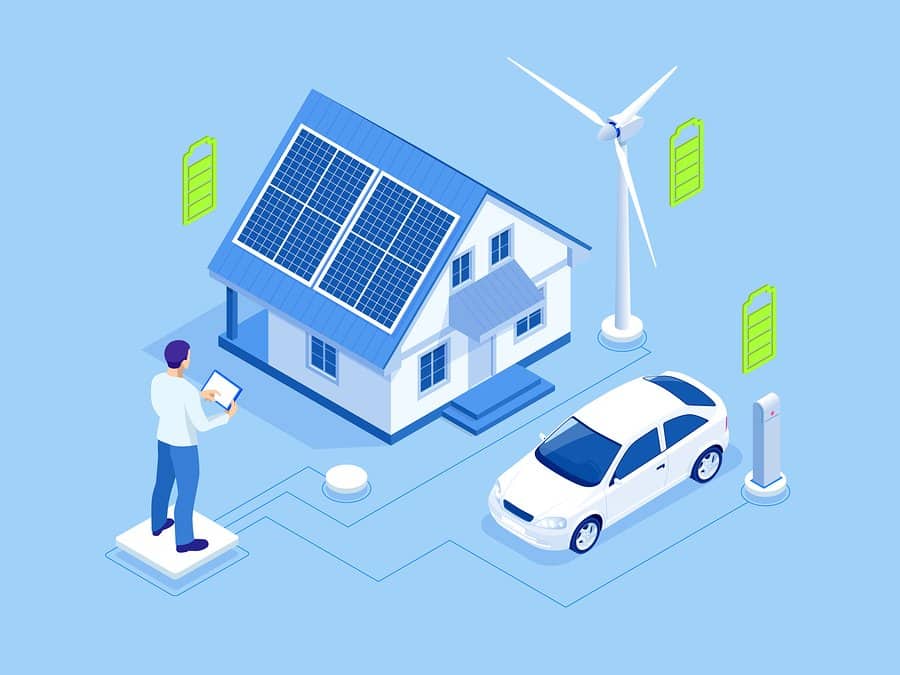
Subscription Solar: Now Customers Can Benefit From Green Energy Even If They Have No Solar Panels
Source: Bigstock
Washington Gov. Jay Inslee may have just ended his presidential campaign, but his signature issue -- climate change -- is sure to play a prominent role in the 2020 election year. One aspect of the trend toward green energy has a new and evolving subscription component, available even to those who can't invest directly in solar panels on the roofs of their houses. Solar energy from photovoltaic (PV) cells has a very simple basis: Put PV panels in sunlight and get electricity ou...
HELLO!
This premium article is exclusively reserved for Subscription Insider PRO members.
Want access to premium member-only content like this article? Plus, conference discounts and other benefits? We deliver the information you need, for improved decision-making, skills, and subscription business profitability. Check out these membership options!
Learn more about Subscription Insider PRO memberships!
Already a Subscription Insider PRO Member?
Please Log-In Here!









